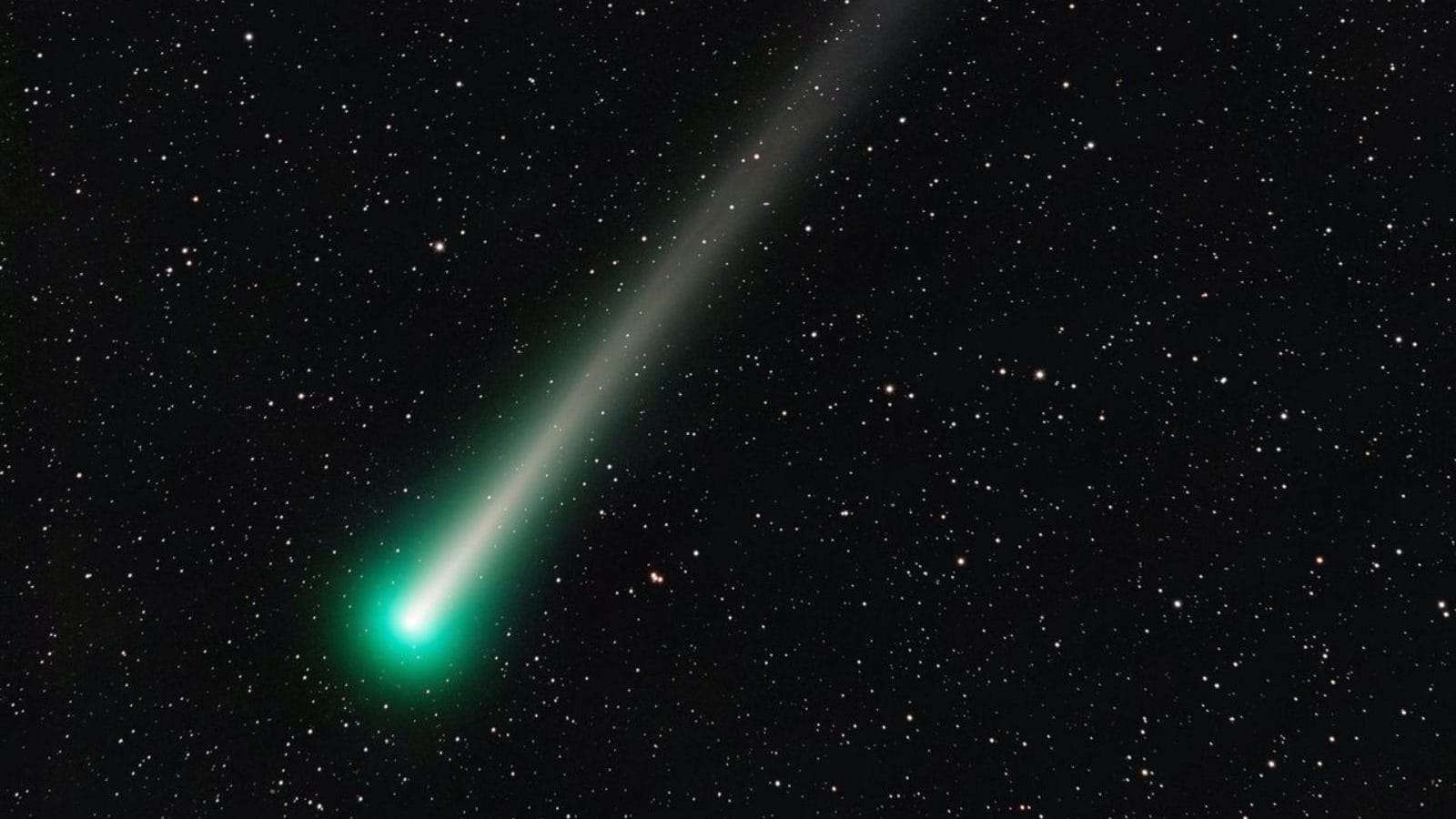Scientists have calculated that even if a satellite falls to Earth, it could endanger one in 9,400 people.
A satellite was put into low Earth orbit on October 5, 1984 under the Earth Radiation Budget Experiment (ERBE) program to study how the Earth absorbs and radiates energy from the Sun.NASA expects to re-enter Earth’s atmosphere tomorrow (January 7) after its 40-year journey into space.
According to the US Department of Defense, the satellite will enter the Earth’s atmosphere at 5:10 a.m. Indian time tomorrow and burn up. But this time is not exact.It said there could be a difference of +/- 17 hours. And the satellite burns up completely in the sky when it re-enters the atmosphere. It is estimated that it will not cause any harm to humans.
The ERPS satellite had 3 main instruments. Two of them were working to measure the Earth’s radiative energy budget and one to measure stratospheric elements, including ozone. Through this the satellite measured stratospheric ozone, water vapor, nitrogen dioxide and aerosols.It was calculated how far these gases absorb the rays coming from the sun to the earth and reflect them.
ERPS was operational till 2005 with an expected two year operation. Since then scientists have been trying to bring it back closer to Earth.Most of the satellite will burn up as it enters Earth’s atmosphere tomorrow. Beyond that, they estimate that parts of it falling to Earth could endanger one in 9,400 people.
Data collected by the spacecraft helped shape the international Montreal Protocol agreement, which resulted in a dramatic worldwide reduction in the use of ozone-depleting chlorofluorocarbons.
Likewise. Its data helped researchers measure the effects of human activities on Earth’s radiation balance. Following the success of the ERBE mission, NASA said it is developing a suite of “Clouds and Earth Radiant Energy System (CERES)” satellite instruments with the same objective.









